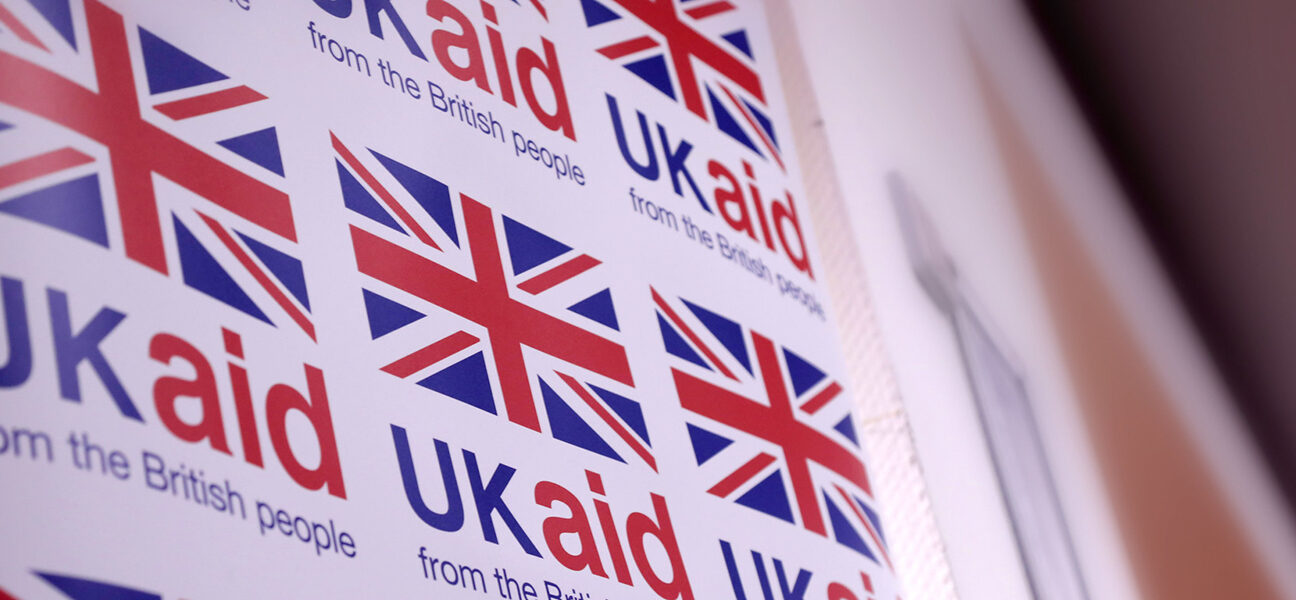Stats on international development: how UK aid was spent in 2019
The Department for International Development (DFID) has released the annual Statistics on International Development report, which provides preliminary statistics on how much Official Development Assistance (ODA) the UK provided in 2019.
The report includes UK ODA as a proportion of Gross National Income (the ODA:GNI ratio), which has again met the 0.7% spending target.
Highlights
The UK met the 0.7% ODA/GNI target in 2019 with the provisional ratio at 0.70%.
UK aid increased to £15,174m in 2019, up from £14,552m in 2018, an increase of £623m (4.3%). This increase was more than the £493m (3.5%) increase in 2018, but lower than the £652m (5.1%) increase in 2017.
Multilateral and bilateral ODA:
- Bilateral aid (including bilateral aid delivered through multilaterals) rose relative to core multilateral aid spending, increasing to 66.6% of total ODA (2018: 63.7%), with core contributions to multilaterals falling to 33.4% of ODA (2018: 36.3%).
- Bilateral aid grew faster in relative terms at 9.2% (£850m) to £10,113m (2018: £9,263m), with core multilateral aid falling by 4.3% (£228m) to £5,061m (2018: £5,289m).
- The estimated UK share of the EU developmental budget in 2019 was £972m. This represented an increase of £20m (2.1%) from £952m in 2018, driven by changes in EU disbursements and exchange rate movements.
- Of total UK bilateral ODA, £1,507m (14.9%) was for humanitarian assistance, representing an increase of £208m (16%) since 2018 (£1,299m).
How did departments spend ODA?
DFID’s relative share of the total aid budget it manages fell slightly to 73.2%, down from 74.9% in 2018 but up from its historic low of 71.9% in 2017. In absolute terms, DFID’s total ODA spend of £11,107m represented an increase of £210m (1.9%) relative to 2018.
Subscribe to our newsletter
Our weekly email newsletter, Network News, is an indispensable weekly digest of the latest updates on funding, jobs, resources, news and learning opportunities in the international development sector.
Get Network NewsThe relative share of aid that other government departments and other non-departmental contributors (such as EU expenditure not attributed to DFID) increased to 26.8% (2018: 25.1%), with spend by Other Government Departments (OGDs) rising to 22.3% of total ODA (£3,387m), offset by the continued reduction in spending by Other Contributors to 4.5% (£681m).
Significant non-DFID departmental allocations include*:
- Business, Energy & Industrial Strategy (BEIS) – 6.3% (£951m) of total ODA (5.8% in 2018)
- Foreign & Commonwealth Office (FCO) – 4.5% (£675m) of total ODA (4.4% in 2018)
- Conflict, Stability and Security Fund (CSSF) – 4.4% (£661m) of total ODA (4.2% in 2018)
- Home Office – 3% (£452m) of total ODA (2.3% in 2018)
- Department of Health and Social Care (DHSC) – 1.5% (£225m) of total ODA (1.3% in 2018)
- Prosperity Fund – 1.2% (£175m) of total ODA (0.6% in 2018)
- Non-department sources (items not on any departments’ budget) included the non-DFID EU attribution (3.1% or £470m) and Gift Aid (1% or £159m)
* Implementation of ODA projects by the cross-departmental funds is carried out by individual departments, and therefore the final departmental ODA spend will be greater than that recorded in the statistics released.
Category
News & Views



